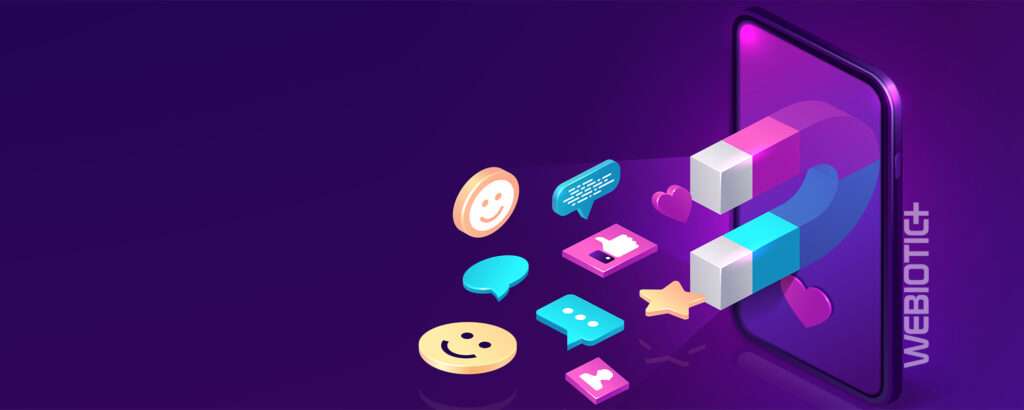
Marketing a mobile app means not only utilizing those tried and true methods that have served countless businesses successfully in the past, like email marketing and paid media advertising, but also newer approaches like social media targeting and influencer marketing.
https://www.youtube.com/watch?v=OKqpyHdYiis&t=4s
Competition in the mobile app market is fierce, so businesses must take advantage of new and effective marketing strategies to promote their app and spread the word.
In this article, we’ll focus on mobile app influencer marketing, what it is, and how it can benefit your new mobile app.
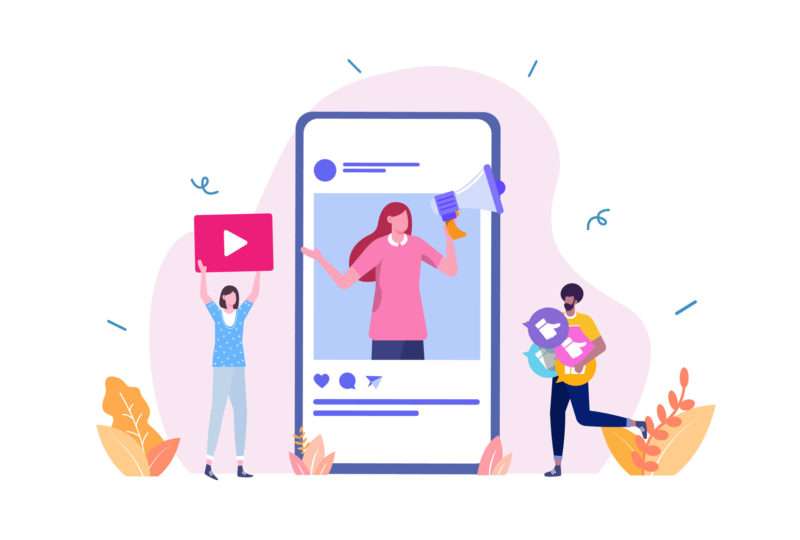
Table of Contents
- Influencer Marketing 101
- Top Social Media Platforms for Influencer Marketing
- Choosing the Right Social Media Platform
- Types of Influencers
- Which Type of Influencer is Right for Your Campaign?
- Top Benefits to Influencer Marketing
- Reach Your Audience
- ROI of Influencer Marketing
- Build Brand Trust
- Legal and Ethical Considerations
- Save Time
- Save Money
- Downside to Influencer Marketing
- The Wrong Influencer Can Hurt You
- Mistakes Can and Will be Made
- It’s More Difficult to Measure Results
If you’ve already promoted your business on social media through posts, videos, and hashtags, chances are, you’re familiar with what an influencer is.
If not, let’s do a quick recap.
An influencer is someone who has the power to influence the purchasing choices and decisions of others, particularly, of their audience.
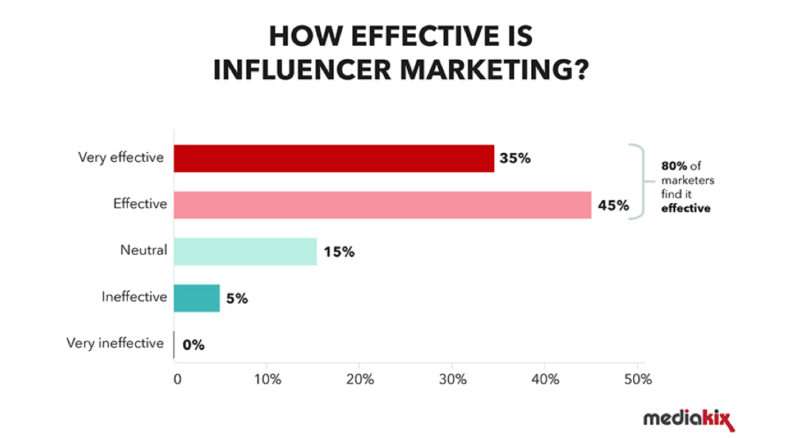
Whether it’s on social media platforms like Facebook, Instagram, or TikTok, or a blog page, mobile app influencers generally have authority or knowledge within a particular niche—be it video games, fashion, music, or something else—and have established a relationship with an audience within this niche.
Because of this organic relationship, influencers have become an incredibly successful digital marketing tool and social relationship asset which businesses and brands can collaborate with to achieve their marketing goals.
Influencer marketing is about these efforts to steer people towards your mobile app and products by this reliable person, who can be an industry expert or even celebrity.
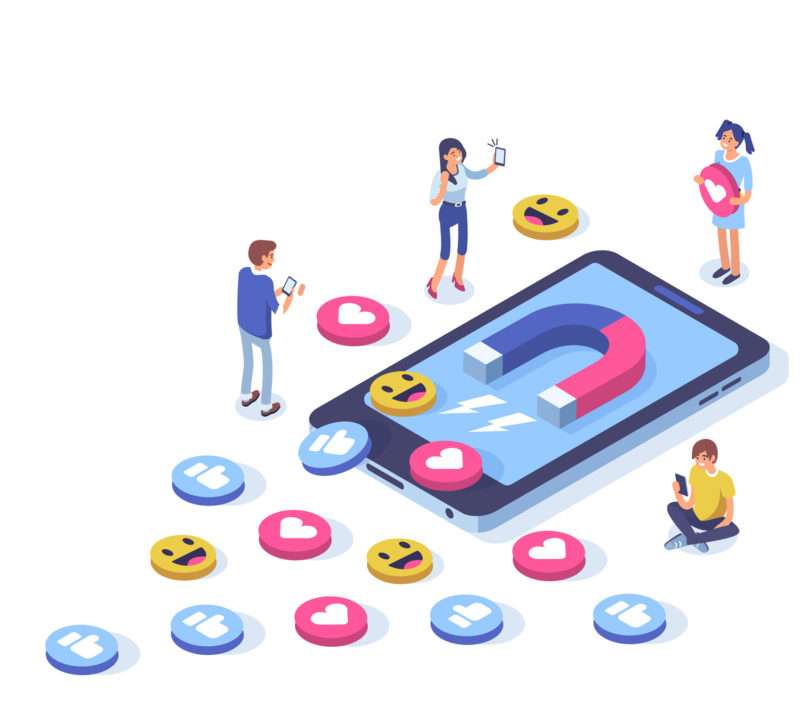
In simple terms, influencer marketing for mobile apps is pretty much word of mouth marketing, but it’s much more effective because you’re utilizing a trustworthy and popular person (influencer) that has a following.
1.1 Top Social Media Platforms for Influencer Marketing
While you can find mobile app influencers anywhere, like a forum or blog page, the most popular platforms for this kind of mobile app marketing are social media platforms like Instagram, Youtube, Twitter, and TikTok.
Photo Credit: reviewsxp.com
- Instagram: Both businesses and regular users are on Instagram, but B2C brands can benefit most from this platform. Roughly 69% of marketers plan on spending the most of their budget on Instagram for influencer marketing.
- Youtube: After Google, YouTube is the second biggest search engine and has over 1.86 billion active monthly users. YouTube influencer marketing is popular due to its long-video format that enables deeper brand and product presentation.
- Twitter: With 187 million active daily users, Twitter has become an excellent platform for influencer marketing campaigns, particularly within the tech, food, airlines, and financial industries.
- TikTok: The biggest advantage to this platform is that it’s new. Many brands haven’t yet launched on TikTok so influencer content feels much more organic and less promotional.
1.2 Choosing the Right Social Media Platform
Just like any other form of mobile app marketing, there isn’t a one-size-fits-all approach when it comes to influencer marketing.
If you’re mobile app is going to put their efforts into this marketing strategy, then it’s crucial to conduct in-depth research to understand where your target audience is most active.
While Facebook has the most active users, you’ll notice that in the section above it’s not even listed as one of the top social media platforms for influencer marketing for mobile apps.
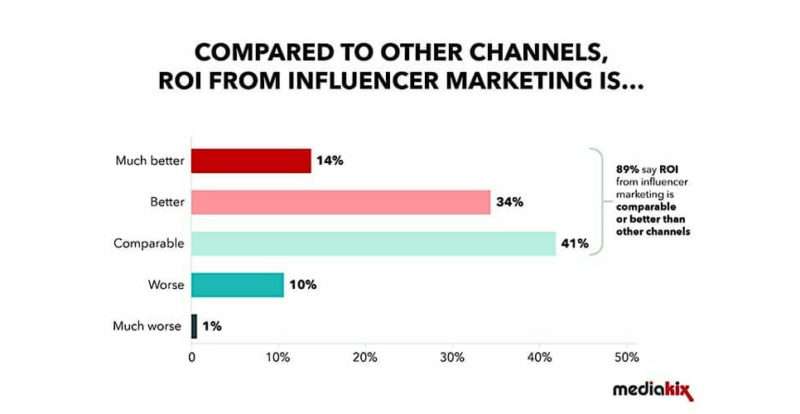
Facebook is better for finding communities and conducting paid targeted ads. But again, it all comes down to your target audience.
TikTok, for example, is used most by people under the age of 18.
Find out who exactly your users are and which platform will be most beneficial for this type of digital marketing strategy.
1.3 Types of Influencers
Before spending money on influencer marketing campaigns, you should first understand the different types of influencers there are.
First, there are mega influencers. These are your pricier influencers with big followings—over one million—on social media.
They’re often famous celebrities either on social media or in real life.
While using a mega influencer will help your post reach a huge audience and give you an incredible amount of exposure, just remember that it’ll cost a lot and you might not be reaching your exact target audience, since these types of influencers have a diverse following.
Then there are macro influencers. These types of influencers have big followings, but not as big as mega influencers—generally between 100,000 to one million followers.
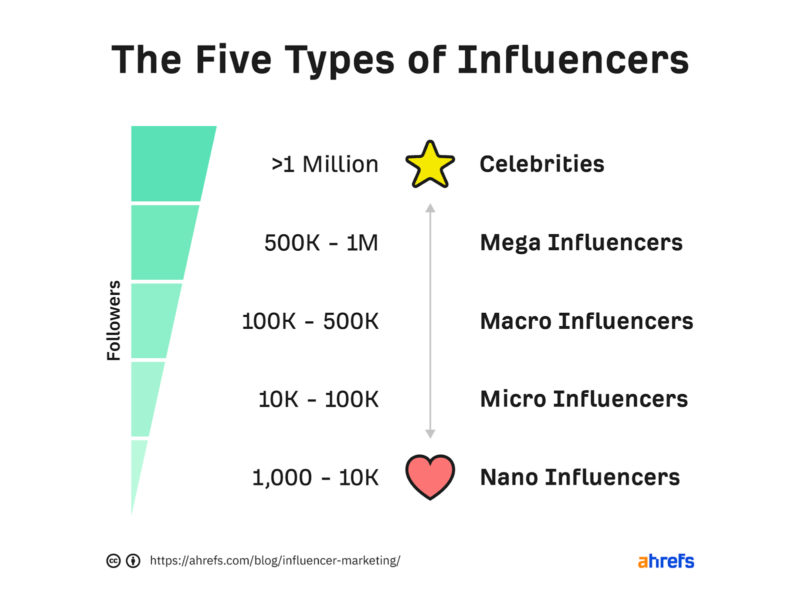
Unlike mega influencers who typically come to social media with an already large following, macro influencers work hard to build their following from the ground up and they generally cater to more specific niches and interests.
Micro influencers have much smaller followings, around 10,000 to 50,000 followers.
While their audience reach isn’t as big as mega and macro influencers, macro influencers have higher engagement rates since their followers tend to be more loyal and more influenced by their opinions.
Last, you have your nano influencers. This is a newer category of business influencers that have a small following of roughly 1,000 to 10,000 people.
Nano influencers tend to be very active in their communities and more influential.
Similar to micro influencers, you can expect a more limited audience reach but higher engagement rates.
1.4 Which Type of Influencer is Right for Your Campaign?
Now that you’re aware of the different types of influencers, how do you choose the right one for your marketing campaign?
After all, each type has its pros and cons. Mirco influencers have a smaller audience reach, but high engagement rates. Mega and macro influencers have a larger reach, but less engagement.
Which to choose?
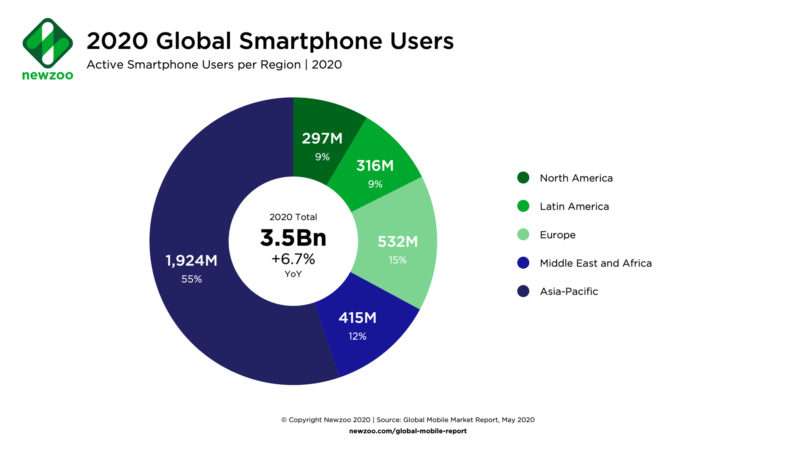
For businesses with a small marketing budget that wants to engage more users in a specific niche, it’s a good idea to partner with several micro influencers.
This strategy can also help you more effectively reach your marketing goals on social media.
For big brands that have broad appeal and large budgets, then collaborating with mega or macro influencers makes sense.
So you’re aware that more and more businesses are leveraging influencers to reach their marketing objectives, but what exactly are the benefits to this form of marketing over more traditional methods?
Let’s take a look.
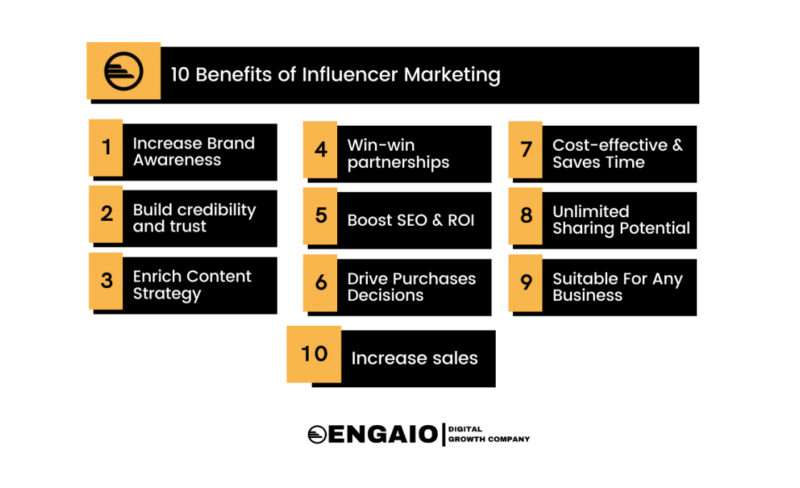
2.1 Reach Your Audience
The biggest benefit to paying an influencer to promote your app is that you’ll be reaching your target audience.
Of course, this requires that you choose the right influencer who is relevant to your mobile app’s niche and industry.
Since influencers have already done the hard work of building their own trusted communities, businesses can much more easily tap into them and attract new users more efficiently than through branded content marketing.

2.2 ROI of Influencer Marketing
Influencer marketing can offer a major return on investment (ROI) that outperforms traditional advertising channels.
Brands find that influencers not only raise awareness but also drive measurable actions like sales or app downloads, directly contributing to business objectives.
The credibility that influencers bring acts as social proof, adding a layer of trust that conventional ads can’t offer.
On top of that, the cost-effectiveness of influencer marketing allows even small businesses to benefit without spending too much.
Overall, the ROI of influencer marketing extends beyond immediate revenue gains, adding long-term value through brand equity and consumer trust.
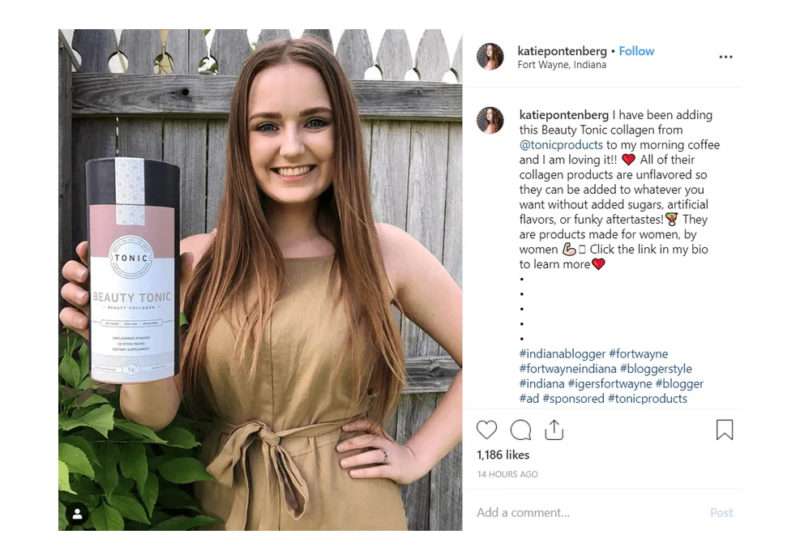
2.3 Build Brand Trust
Audiences have trust in the influencers they follow, which can take time to develop.
So when an influencer speaks positively about a product or service, their followers are much more likely to believe them than if the message was delivered from the brand itself.
Building brand trust while also lending brand credibility is a major perk to using influencer marketing.
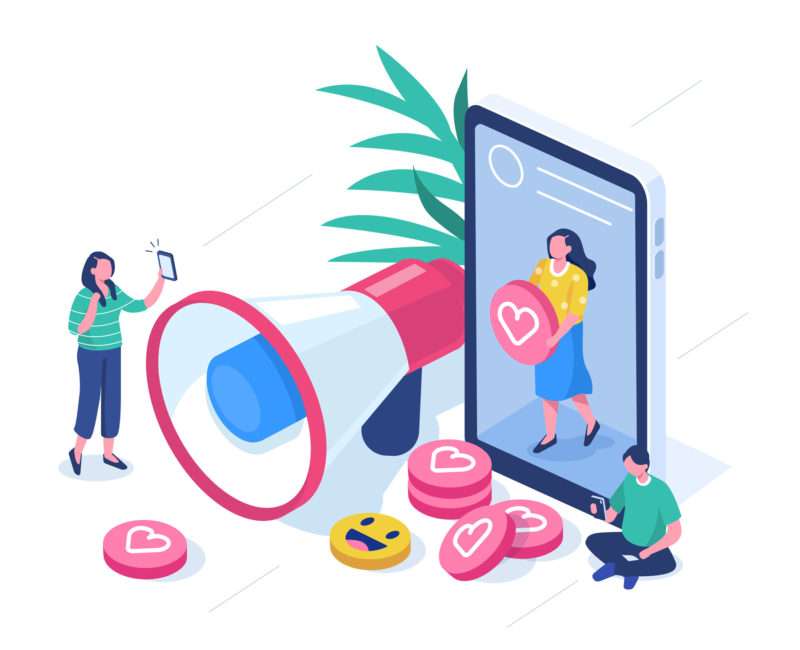
PRO TIP:
Make sure to partner with an influencer who is genuine and is a voice of authority in their niche.
2.4 Save Time
When partnering up with an influencer, no matter how big or small, you generally don’t have to worry about creating the content.
Good influencers will know how to craft content that engages best with their audience. Allowing influencers to create the content will allow for more engagement than content that’s created by the brand.
This is because influencers can make the content look more appealing and trustworthy. After all, they know their followers better.
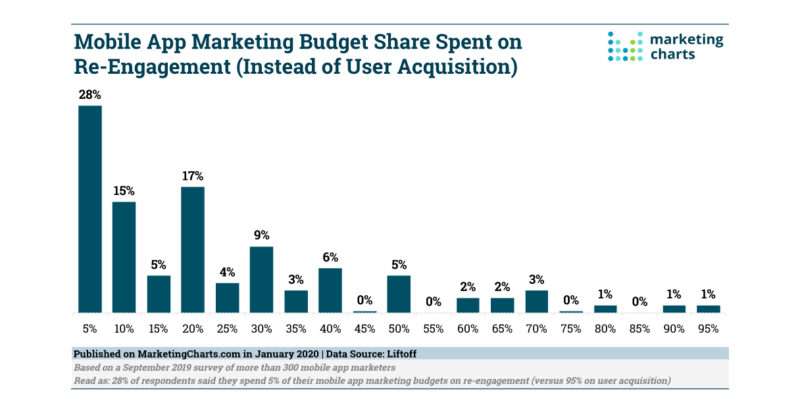
2.5 Save Money
Sure, hiring Kim Kardashian to promote your mobile app is going to cost a fortune, but influencer marketing can actually be less expensive than other strategies when partnering with micro-influencers.
For this, you wouldn’t need a big budget.
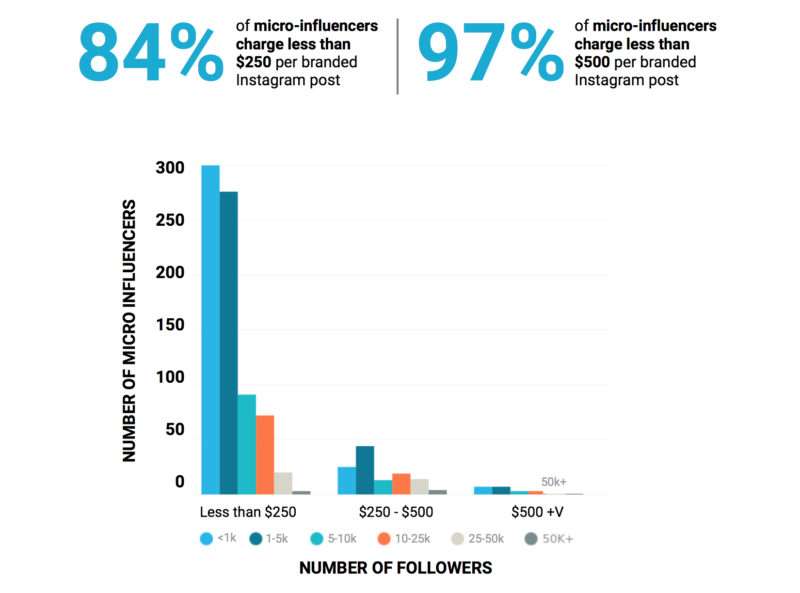
Photo Credit: kevintpayne.com
PRO TIP:
Working with several micro-influencers rather than sinking all your money into just one bigger influencer can be an effective way to promote your mobile app.
2.6 Legal and Ethical Considerations
One often overlooked benefit of influencer marketing is the established legal framework that protects both brands and influencers.
By adhering to guidelines like the Federal Trade Commission’s (FTC) regulations on disclosure, brands can build transparent and honest relationships with consumers.
This legal clarity acts as a safety net, ensuring that marketing efforts remain above board.
Adherence to these guidelines not only minimizes risks but also enhances consumer trust, reinforcing the authenticity that influencer marketing thrives on.
In short, the structured legal environment can be seen as an advantage, giving a secure foundation for transparent and trustworthy marketing campaigns.
While influencer marketing is a great strategy for getting your mobile app out there to your target audience, it does come with a few drawback which you should consider before moving forward with any partnerships.
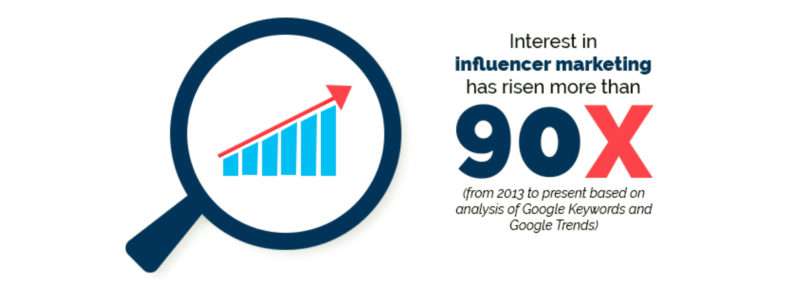
Photo Credit: hostpapa.com
3.1 The Wrong Influencer Can Hurt You
While spending your marketing budget on paid ads or email campaigns can also be waste if not done correctly, it doesn’t compare to the harm your brand can experience by partnering with the wrong influencer.
Choosing the wrong influencer can damage your brand’s reputation and cause more harm than good.
Take time to identify the best influencers with genuine followers that can help promote your mobile application.
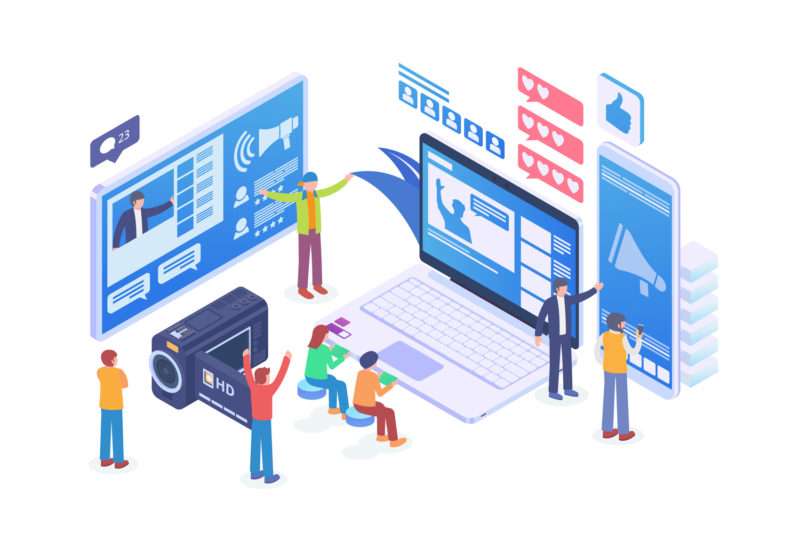
3.2 Mistakes Can and Will be Made
Keep in mind that influencer marketing is still relatively new and their’s no handbook on how to create the most successful strategy.
If this is the route you plan on taking to promote your app, you’ll find that mistakes are bound to happen.
Some of these mistakes include:
- Not disclosing the fact that a post is sponsored
- Ignoring FTC endorsement guidelines
- Posting content that doesn’t resonate well with the audience
- Inflating engagements and followings using bots
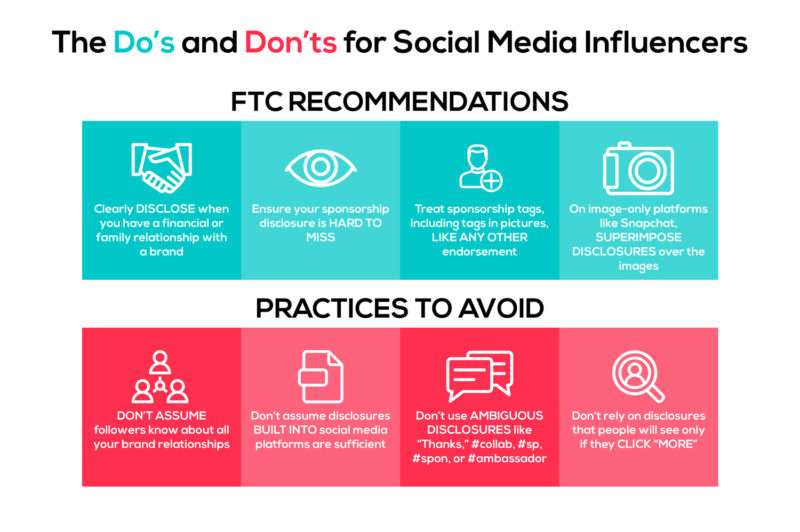
Photo Credit: greymattermarketing.com
3.3 It’s More Difficult to Measure Results
Unlike more traditional marketing methods, it’s much more difficult to monitor and track the performance of an influencer marketing campaign.
Here’s are five KPIs you’ll want to look at:
- Engagement
- App downloads
- Social growth like email signups, followers, etc
- In-app sales or subscriptions
- Mentions and tags on social media
When using this kind of marketing strategy, engagement is key. It’s important to look at all of the ways in which users interact with the influencer post.
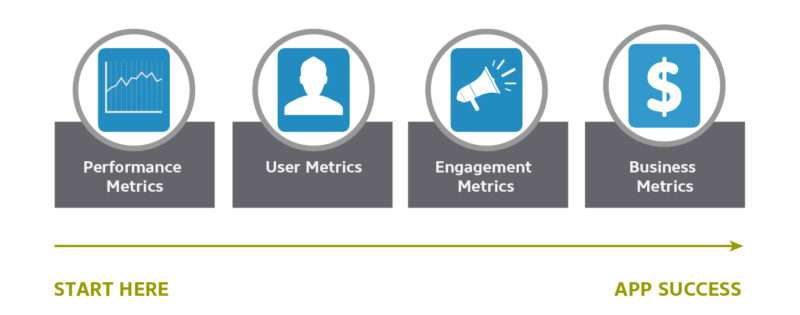
Photo Credit: appdynamics.com
Are they commenting, liking, asking questions, sharing?
Questions are especially valuable when it comes to user engagement because this can reveal how to better communicate your product or brand.
Influencer marketing is the new way in which companies are amplifying their reach and driving revenue.
It’s a way to access your target audience quickly and with ease, when done correctly. And the bottom line is, followers trust influencers far more than they do brands.
Ready to tap into this effective form of mobile app marketing?
Start with our Simple Starter package which includes thorough market and user research that will help you when choosing the best influencer to promote your mobile app.
What is your go-to marketing strategy and how do you think influencer marketing will hold up?




